SUMMARY
This is AI generated summarization, which may have errors. For context, always refer to the full article.
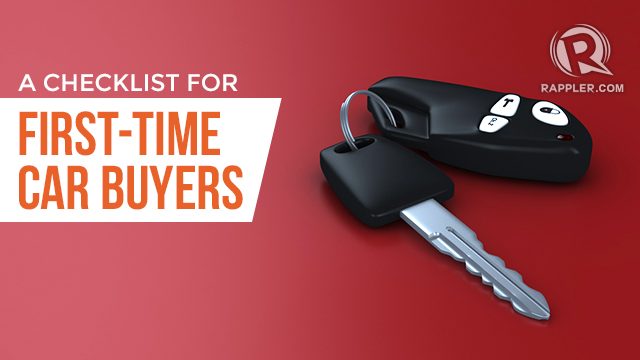
MANILA, Philippines – Most buying decisions are based on impulse. When you’re hungry, you get yourself a snack. Spot something you like on a store window? You’ll probably leave with a bag (or two) an hour later.
Some purchases, on the other hand, require a lot of research, testing, and saving up involved – just like when buying your first car.
Owning your first set of wheels can be an exciting prospect, but you need to be practical and level-headed about it. Or else you might end up forgetting what’s important. Before focusing on details like the type of audio system to install or which car seat covers would match the body paint, concentrate on the bigger picture first: your budget, as well as your needs.
To make sure you don’t go off-track and miss something, Keep this checklist handy during your hunt.
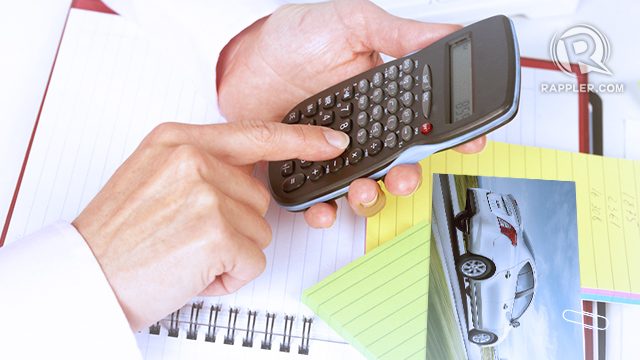
Set a realistic budget
When buying a car, remember that the expenses don’t stop once you’ve paid off the dealer. The more you use it, the more you’ll actually spend.
Some of the things that you’ll have to add to your monthly expenses are gas, parking, insurance, and maintenance costs. Of course, in the long run, a car can save you time and allow you to be more productive, so it might still be worth it.
Plan out your budget accordingly. Your initial down payment will depend on how much cash you can pay upfront. The more you shell out now, the lower your monthly amortization will be. A longer amortization period will mean higher interest rates, but it could also be easier to squeeze into your monthly household budget.
A good question to ask yourself is “how much am I willing to set aside every month?” Don’t go beyond what you can afford. Make sure that even with the additional expenses factored in, you can still live comfortably and proceed with your everyday routine without a hitch.
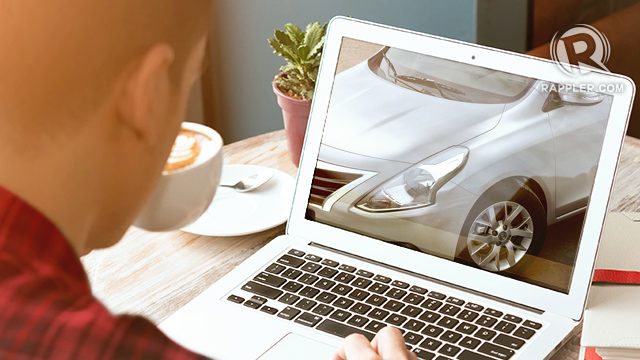
Determine the type of car best for you
Once you’ve narrowed down your search to cars that fit your budget, the next thing to consider is the type of car you want. This will be determined by your daily activities, interests, and personal style. Some of the different types out there include Sports Utility Vehicles (SUVs), Asian Utility Vehicles (AUVs), and vans.
For a first-time buyer, a sedan is usually the best option. Not only is it more fuel efficient (most have 1.2-1.5 liter engines), but they’re generally easier to drive. It is a good choice for those who want a light and convenient vehicle for going around the city.
Safety should always be a top consideration. If you still have trouble with parking or backing up, opt for a car that comes with parking aid sensors. Always check for properly situated airbags.
Go for a car that has an Anti-lock Braking System (ABS), which will enable you to maneuver the car even when you’ve applied the brakes at high speed.
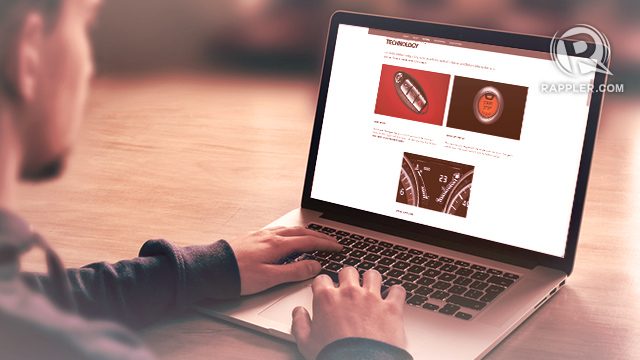
Make sure it’s got the right features
Once you’re done with the basics, it’s time to have a little fun. Review each of your options and see which ones have additional features you’ll make use of the most.
Since you’ll be spending a lot of time in your car, comfort should be high on your list of priorities. Look for a car with a good AC system and insulation that can withstand the rising Manila heat. It should also have interiors that can provide the spacious legroom needed for longer trips out of town.
You’ll be pleased to find out that cars now come equipped with lots of nifty innovations that will definitely make your life a whole lot easier. For example, some cars are now keyless, which means you can open and close your car doors and start the engine with a touch of a button. It lessens the chances of you leaving the keys on the ignition (yes, it happens not just with first-time drivers!).

Review your financing options
Today, most banks offer car loans, so that you almost never have to use up all your savings for your first ride. Paying for your car on an installment basis can help ease the strain on your bank account.
When inquiring about a car loan, always review the interest rate, amount of down payment, and years to pay. Don’t forget to compare the monthly fees against your budget.
Of course, if you do have enough funds on hand, purchasing a car in cash is still the best option. You’ll save a lot on interest costs, and avoid the hassle of collating the numerous documentary requirements that come with applying for a loan.
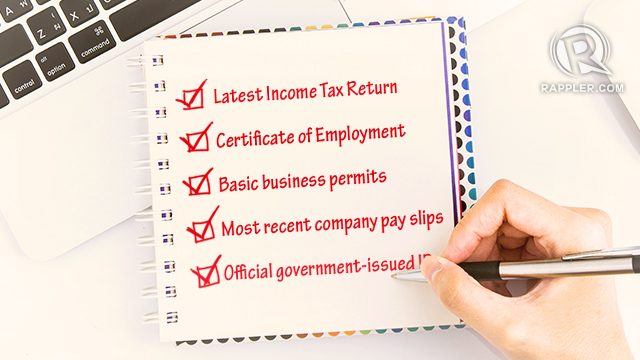
Complete all your documents
Should you decide to take out a car loan, your dealer and bank will require you to present a number of documents to prove your capacity to take your wheels home. Most of these documents have to do with your income, identity, and salary.
Below are the most important papers you should have on hand:
- Latest Income Tax Return
- Certificate of Employment
- Basic business permits (SEC registration, DTI registration, LGU permits), for those who are self-employed
- Most recent company pay slips
- Official government-issued ID
Once everything is set, go ahead and take your first car home! – Rappler.com
Add a comment
How does this make you feel?
There are no comments yet. Add your comment to start the conversation.